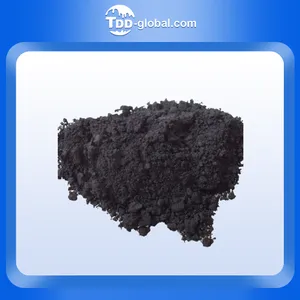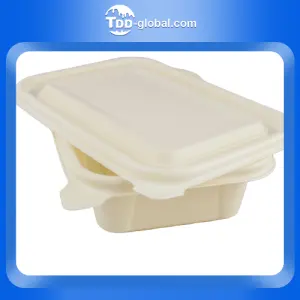Beijing TDD E-commerce Co., Ltd
Online Store
CN Supplier
11 YRS
Main Products:
Chemical,Agriculture Film,Fertilizer,Water Treatment Products,Feed Additives
Established:
2014-12-18
Company Size:
2000
解放路的撒就
Retailer
CN Supplier
9 YRS
Main Products:
Titanium dioxide, pigments, fillers, alcohols
Established:
2016-05-03
Company Size:
10000
CNAUTO 官方旗舰店
Wholesaler/Distributor
CN Supplier
1 YRS
Main Products:
主营产品
Established:
2024-09-24
Company Size:
100-300
HU BEI TAIHUI TECHNOLOGY CO.,JRB
Manufacturer/Factory
CN Supplier
1 YRS
Main Products:
Powder coatings: Epoxy powder coating,Polyester powder coating,Polyurethane powder coating,Acrylic resin powder coating,Fluorocrbon resin powder coating,
Established:
2024-10-02
Company Size:
88888
Feichang online Technology Co., LTD.
Trading Company
CN Supplier
5 YRS
Main Products:
Sales of new energy vehicles, sales of new energy vehicle electrical accessories, sales of automotive parts, sales of new energy vehicle battery swapping facilities
Established:
2020-09-12
Company Size:
300












